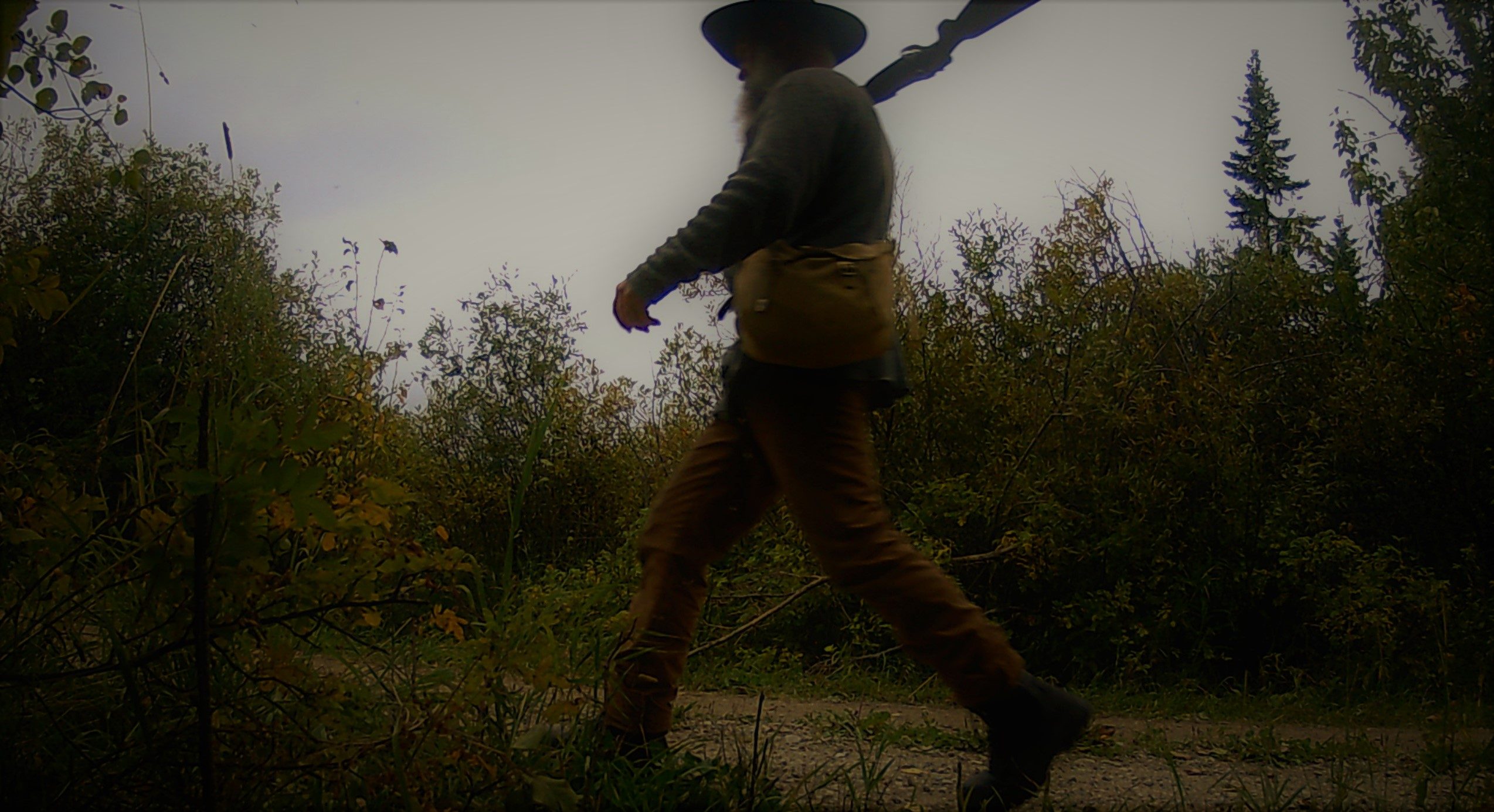Above – a selection of fine vintage Rigby magazine rifles.
This one will appeal to fans of fine arms who like to be prepared. The boyscout in you. As well perhaps to handipeople who like to fashion things with fine wood.
Experts will tell you that if you spend time skulking about in grizzly country as Squirrel-Eating Jon does daily, you need to be prepared. They also agree that preparations go beyond carrying bear spray or a rifle alone, but rather carrying both and being skilled in their deployment.
Another thing they will relay is that not just any ol’ hunting rifle will do as a bear safety rifle. The same rifle you may use to hunt grizzlies in places where this is legal and you get to carefully pick your shots/scenarios, say the much beloved .30-06 or .308 or winmag etcetera, is not something you want to be unloading into a bear that is bent on attack and incoming. Assuming your first shot hits a vital mark, you need a calibre that will stop the bear, right now. Not kill it five minutes after it’s killed you.

The list of recommended calibres for the job which may still function as reasonable or even excellent hunting arms on the continent is not long. Two of the time-honored ones are the .45-70 and the .375 Holland & Holland. Of the two, the latter is far and away the most capable as well as the most versatile. It is, in fact, considered by many most in the know to be the most versatile all-round hunting calibre ever devised.
So, when it came to a choice of which rifle to carry, Jon of course chose the .45-70, and after a number of underwhelming performances from the thing in necessarily dispatching very large farm-animals, he sold it and invested the funds in a .375. He chose the CZ model, a Czech-made German Mauser of long history dating back to The Treaty of Versailles and of long-celebrated excellence. The most-carried backup rifle amongst Professional Hunters in Africa. You don’t get a better recommendation for an arm than that.
He bought the base “field-grade” model for around $1400. It was superbly accurate right out of the box and he practised with it and carried it for years on treks long and short over varied terrains. Being the base-model, while the action was flawless, the stock was rather crudely shaped and finished, with too many angles, a utilitarian treatment to the Turkish walnut at best, and a surplus of wood everywhere other than the forend, which came nicely tapered forward of the magazine. Being competent and patient enough with tools and overconfident in most things (not always to his benefit,) Jon began a series of reshapings and refinishings to suit both his aesthetic and utilitarian purposes. Carrying it for an additional span of seasons and having another go. A gunsmith chopping a couple of inches from the overlong barrel.
He’s pretty happy with the results of the latest refinement. His goal was to shape the thing as much as possible like a vintage British rifle, a John Rigby & Co., say. (The action on this CZ model having been used in fact by Rigby for some of its own rifles, such is the quality.) First thing he did was beef-up the bolt-knob with steel epoxy for better, more failsafe palming under pressure. Deployment of a medium contour plane and the appropriate files and rasps resulted in a more slender, shapely verion of the CZ stock, comfortable to carry and with a stylish Prince of Wales (or “pommel”) shaped grip seen mostly on English guns and very good for shoulder-carries on longer treks in the field. (His first attempt at this was more of a blob than rounded, but now it’s what it should be.) Quality time spent with a sanding block, the application of a single thin layer of water-based stain and multiple coats of Tru-Oil later hand-rubbed to a “London Polish” achieved the result he was looking for. (The trick with getting a glass-smooth finish with this oil even prior to hand-rubbing being to apply multiple thin, undiluted coats with your fingers, allowing to dry in-between, sanding imperfections out of the last full-coat wth fine paper once dry, and then wiping-on a final thin coat heavily diluted with mineral oil with a clean lint-free cloth.) Applications of Renaissance Wax to both visible and hidden components with further polishing further enhanced the result as well as the weatherproofing. He’s learned plenty of things about finishing stocks along the way.
Here’s the latest result being used for scale on a recent hunt, next to fresh spoor a big griz had left in a flattened anthill. (It is a rare outing, even the most minor one anymore, where Jon does not encounter grizzly sign in short order. It is his sincere wish never to have to shoot one, he is a much bigger fan of them in life.) For a base model, that was a pretty decent piece of walnut under there. Not fancy by any means, but not entirely plain, either:


